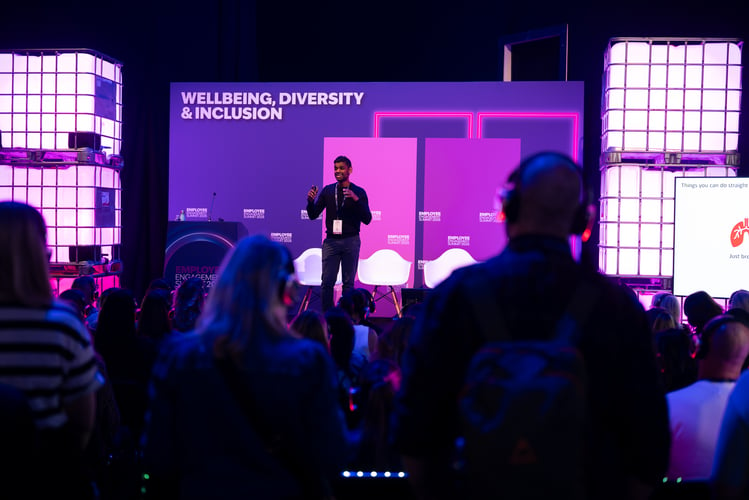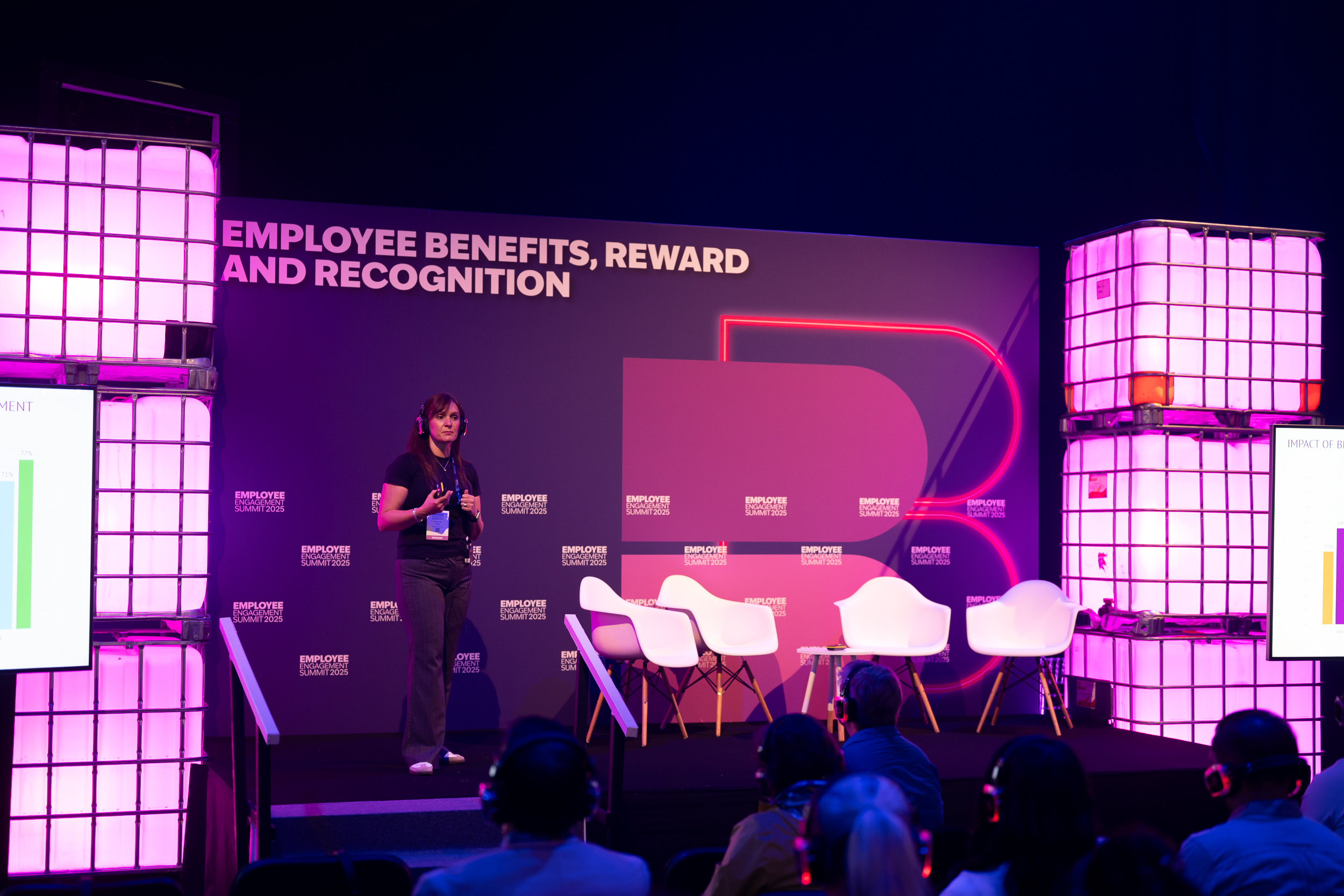10 Minutes With Sean Tolram, Head of Mindfulness at HSBC

Can you tell us a bit about yourself and what you do?
I combine my corporate experience with principles of mindfulness and neuroscience to help people succeed in the modern workplace. I’m currently the Head of Mindfulness at HSBC and the Founder of My Trained Mind. And my mission is to change the way we think about work. I believe that by understanding more about our brains, we can create the conditions where we can be at our best, and more effectively achieve our goals and ambitions.
What first got you interested in employee engagement?
I trained as a web designer, and as my career progressed, I transitioned to website manager where suddenly I was responsible for other people. It wasn’t just about me anymore, and to do my job well I had to figure out how to help others perform at their best. I quickly realised that my technical ability wasn’t going to help me do that. I needed to create a better workplace. I needed to figure out what makes people tick.
Your session at the summit focused on Why Work Is Bad for the Brain. Why was that topic important for you to explore this year?
The brain was designed for a world that no longer exists. It was designed for ancient humans, foraging on the plains, avoiding danger at every turn. It certainly wasn’t designed for the modern workplace. Take fight-or-flight as an example. It’s great when you’re dealing with a wild animal, but not so helpful when you’ve been triggered in a meeting or when you’re about to get on stage and deliver a presentation. We sometimes forget that we’re animals, and we have primitive, instinctive reactions that can easily take over. If we can create a workplace that caters for that rather than ignoring it, we can help people to build happy, healthy, successful careers, where they don’t have to sacrifice their health for their job.
What’s one key takeaway you hope attendees walked away with?
Mindfulness isn’t about closing your eyes and being happy and forgetting about your problems. It’s about coming out of autopilot and taking control, so that you can create the life that you want.
Can you share an example of something that’s worked well in your experience to boost engagement?
I’ve given my team full autonomy over their working environment so that they can create their own conditions for success. They decide how they work and what they work on. Showing people that you genuinely trust and respect them can be a game-changer.
What’s a common mistake you see organisations make when it comes to engagement?
One of the most common mistakes is approaching employee engagement as something to do to people, rather than something to create with them. Real engagement comes from creating the conditions where people feel safe, focused and motivated. And you can only do that by connecting with them on a human level.
What trends are you watching when it comes to the future of employee engagement?
In a world of constant noise and distraction, I believe the future of engagement lies in doing less work! Do less to achieve more. Cognitive overload kills motivation and performance. When we reduce friction, remove complexity and give people space to think, engagement rises naturally, and results improve. It’s a tough sell, but I believe we’ll get there!
Finally, what’s one book, podcast, or resource you always recommend to others in tHIS SPACE?
I always recommend How to be a Productivity Ninja by Graham Allcott. It’s not a mindfulness book, it’s all about how to place a higher value on your time so you can focus on the things that really matter.
If you enjoyed this article, you can register your interest in attending the 2026 Employee Engagement Summit for free here.




